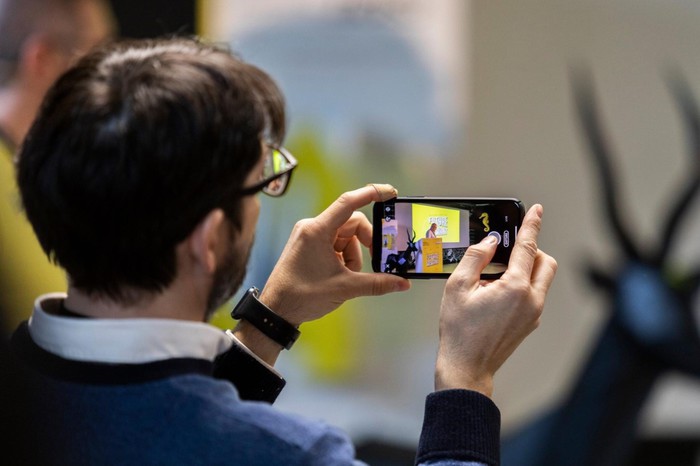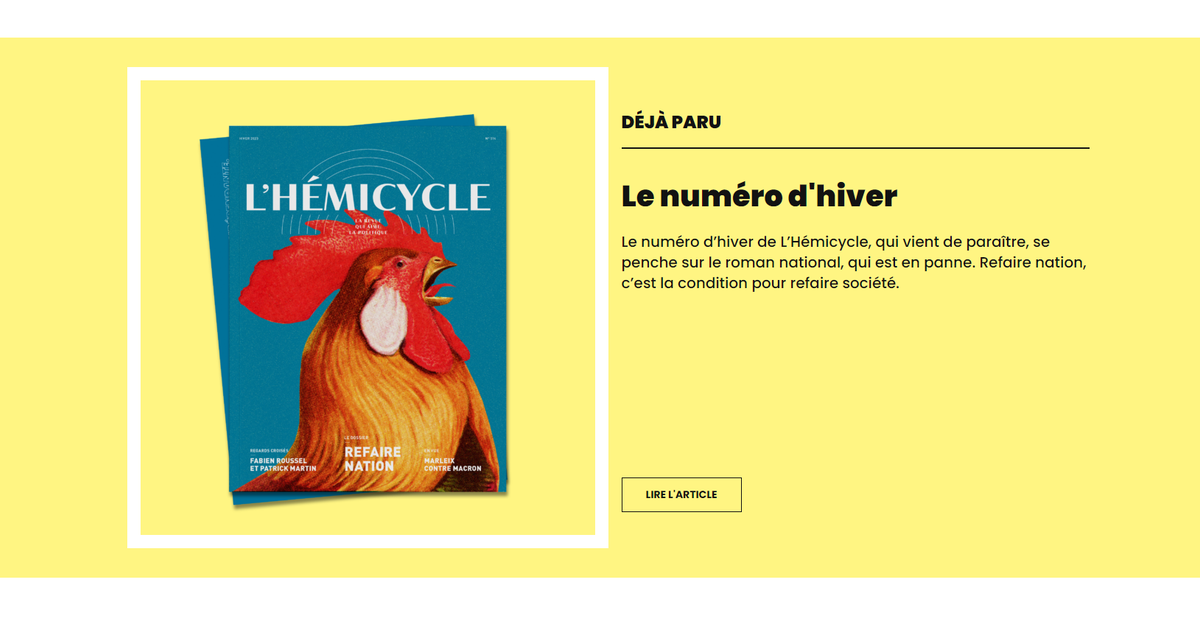The
deepfake
phenomenon is
very recent, so recent that before knowing what it was we were probably victims.
Have you ever seen videos of actors, politicians, famous people doing or saying incredible things?
Have you seen Obama say the worst bad words or rappers sing Shakespeare?
Here, you have fallen into the trap of deep fake,
a technology that uses a form of artificial intelligence
and called deep learning to create fake event videos.
Most of these videos are pornographic - recently the swlla Privacy supervisor intervened on an app that strips naked minors - but there is also a large part dedicated to politicians making their rigorously false statements.
The fakes, they can also be audio only.
The head of a British branch of a German energy company poured nearly several tens of thousands of pounds into a bank account after being duped by the fake / real voice of the company's German CEO.
Deep fake is not only a way devised by scammers or producers of porn cinema, it seems that governments are also starting to use it for example to circulate fake videos of terrorist organizations to discredit their leaders.
But what is the final danger?
Create zero-trust companies
, in which that is, people doubt everything, even what they see with their own eyes.
They are no longer even interested in finding out whether something is true or false simply because it can be manipulated.
Just think of the effects of deepfake on environmental audio intercepts, which would become practically unusable.
A plausible reality would be created, but whose veracity would always remain doubtful.
Computers have allowed us to streamline our work, improving our approach and making the most of our skills.
The possible scenario offered today by artificial intelligence seems to us more than ever infinite.
While a deep desire for progress persists, there is no lack of fear that all this technology may escape from our hands.
Like the deepfake phenomenon, or the technique that combines a real image with a pre-existing video with a deeply realistic effect that is also capable of altering reality on a political level.
How to build a future that has to do with artificial intelligence and at the same time is safe?
How to include artificial intelligence to design a better tomorrow that poses no threat?
In the last 15 years, technology, artificial intelligence, machine learning have made great strides, giving light to the world of touch, 3D alteration, smartphones, apps that can even assess the state of health of being human, monitor it constantly.
If words like deep fake, chatbot, biohacking (along with many others) have now entered the daily lexicon, the challenge of artificial intelligence is still to be played.
Behind the way we relate to technology, to computers or apps, there is always someone who has thought about the use we would make of that technology.
There is a usability study done by a designer who thought about us using that technology and how we use it.
This is called
usability
and a world day is dedicated to usability, the
World Usability Day, which brings together the designers of the future
from all over the globe and which, since 2014, has its own important Italian edition, organized by Nois3.
Google, Microsoft, Twitter, Dataninja, but also Tlon, Pi Campus and many others are the guests of WUDRome 2020, the seventh edition of the Italian event, which from 11 to 13 November sees designers, researchers, developers confront each other online and Italian and international communication professionals to respond, in its covid edition, to one of the greatest open questions of the contemporary world:
the relationship between Artificial Intelligence and human being, the “Human-centered Artificial Intelligence”.
"On the occasion of WUDRome 2020" explains Carlo Frinolli, CEO and Co-founder of WUDRome "we will retrace the most important aspects related to design and opportunities (and threats) with artificial intelligence: from algorithms (or the ways in which they work) collaborative, to the ethics of choices, up to the challenge of designing an intelligence that is not computational, but emotional.
We will discover areas of application, case studies, virtuous practices, application risks and opportunities that arise in the folds of these new technologies to put them at the service of people, their needs by creating enabling and inclusive technological solutions ".













/cloudfront-eu-central-1.images.arcpublishing.com/prisa/IGZ7GOCXZ5GUPAQ2HWGK6Z76BU.jpg)